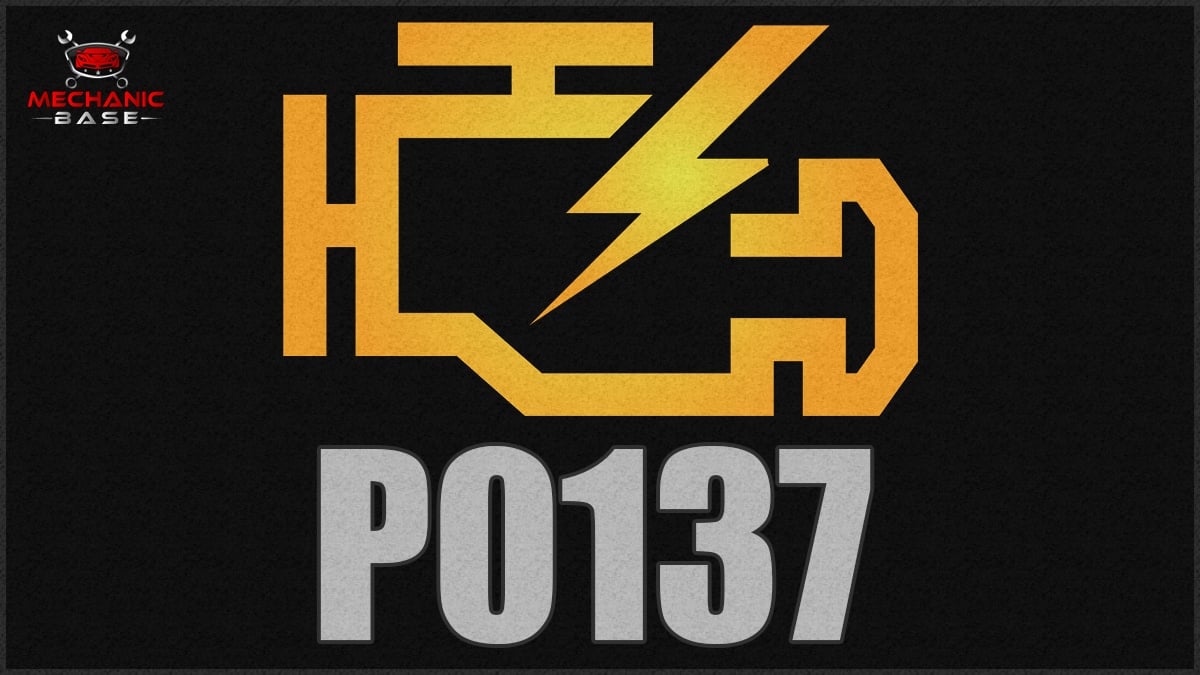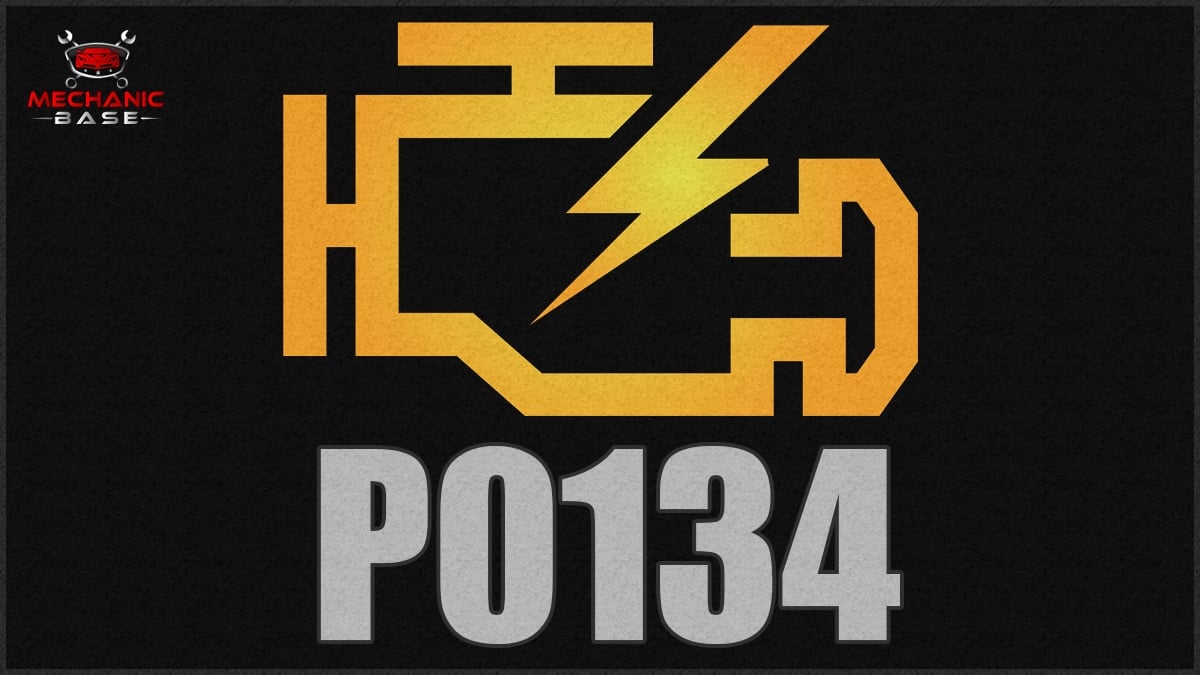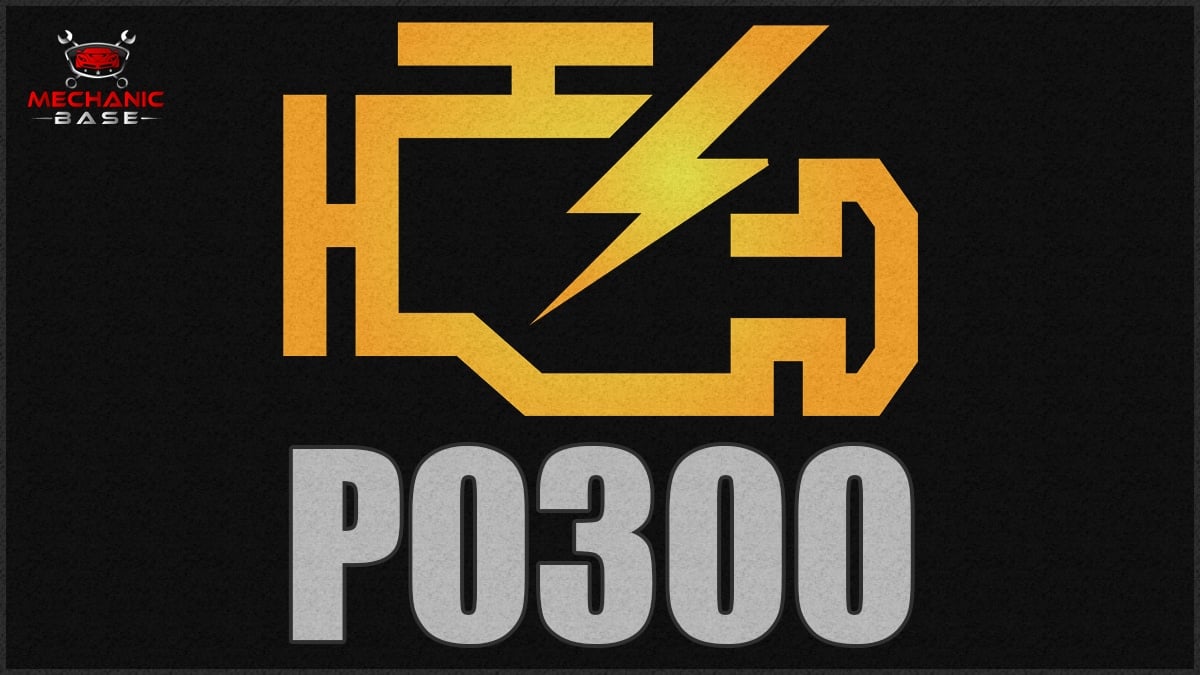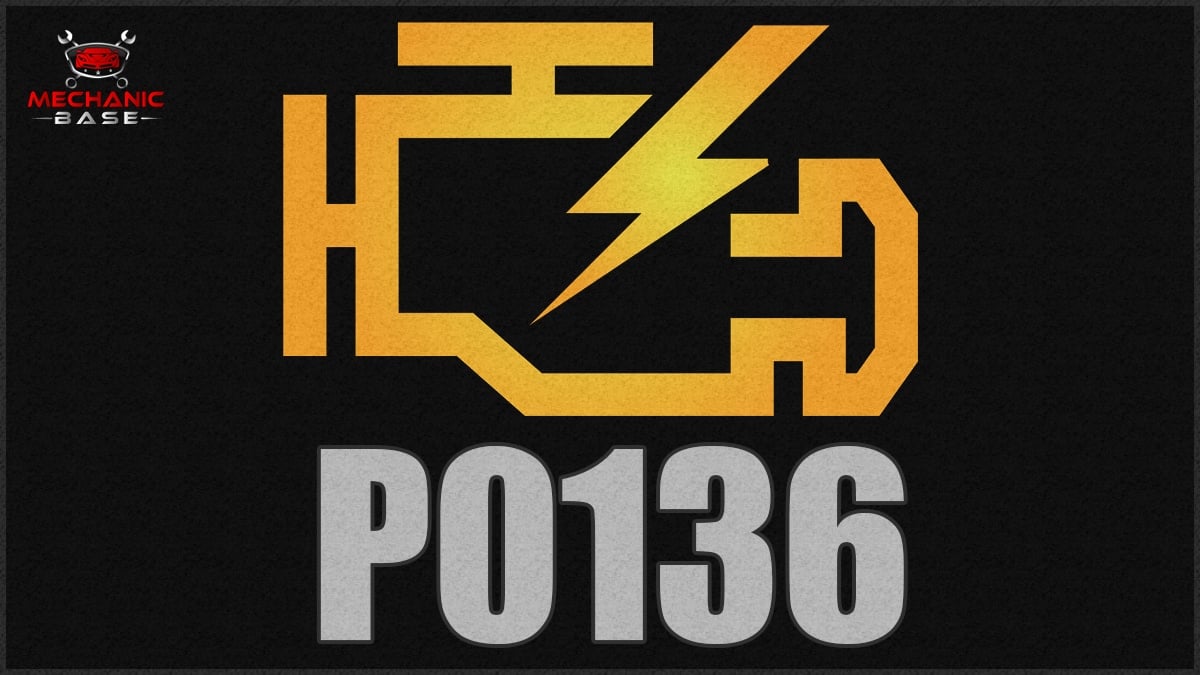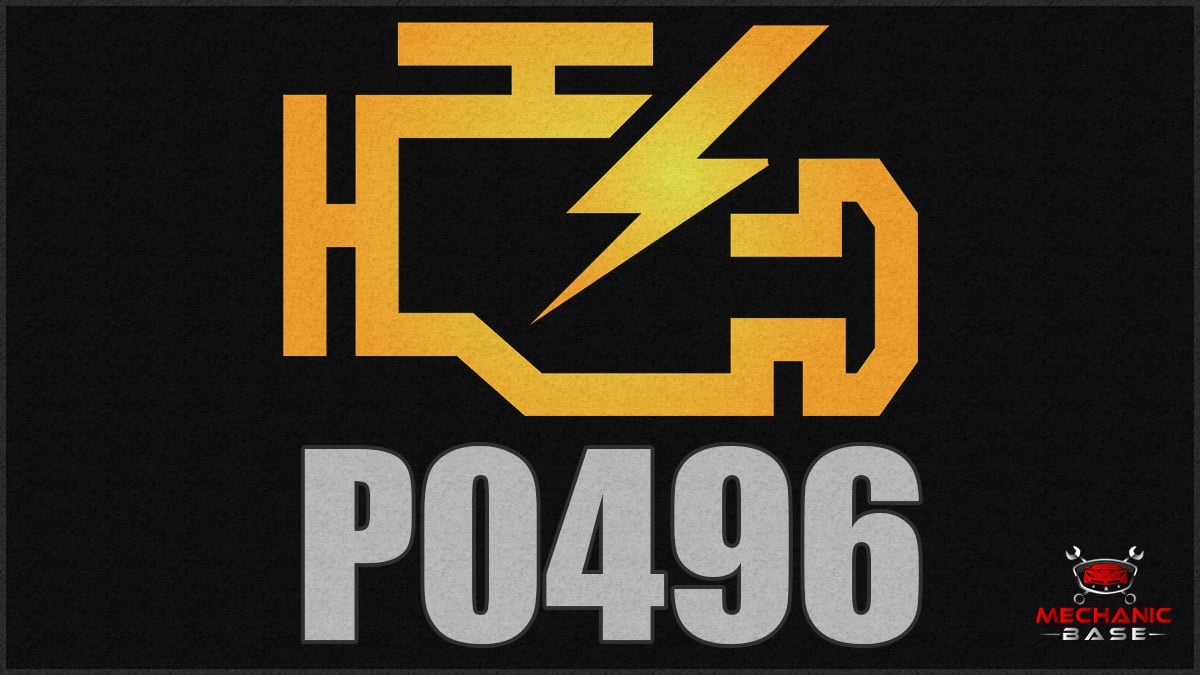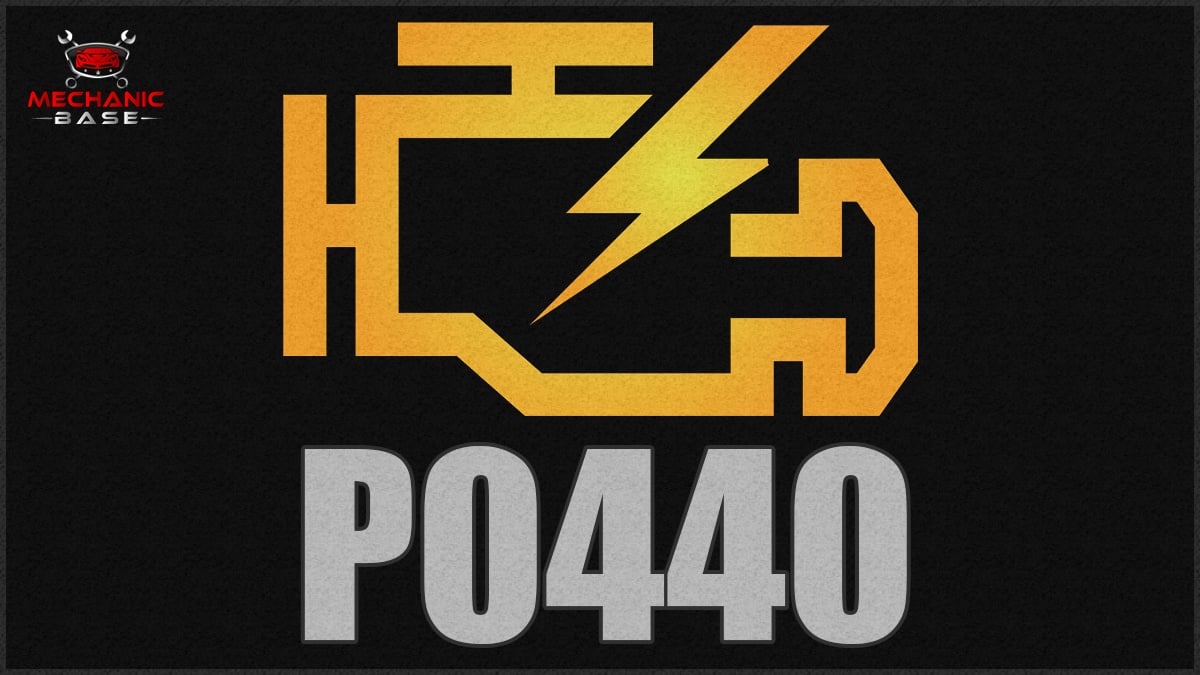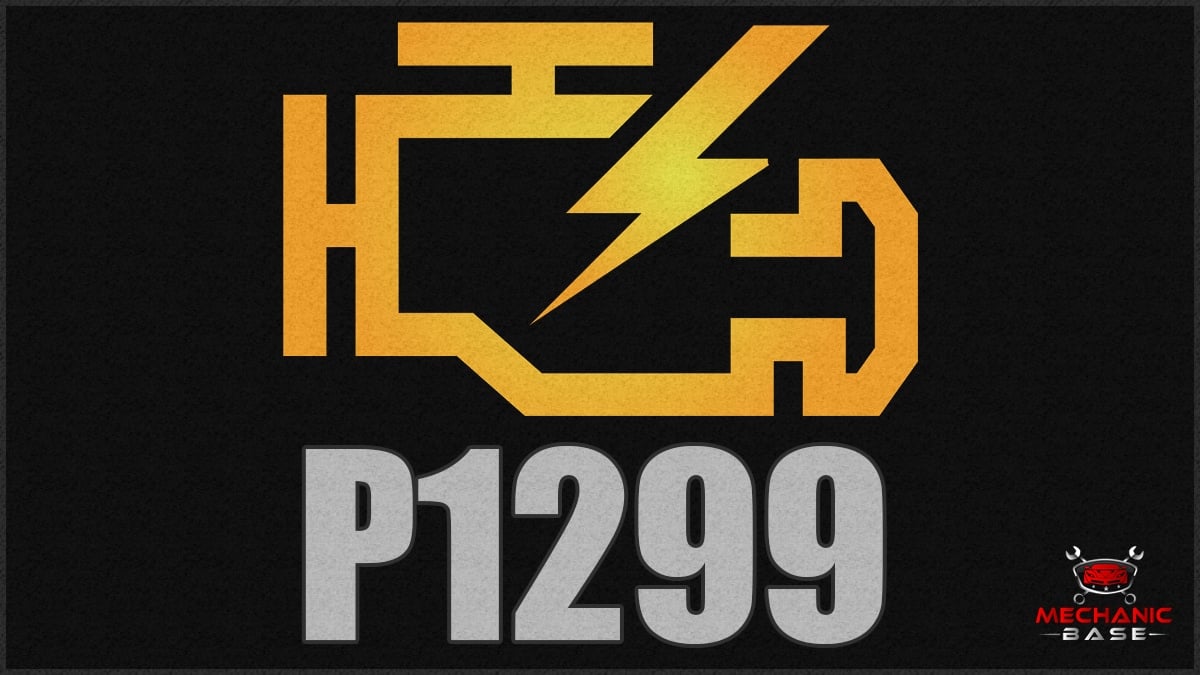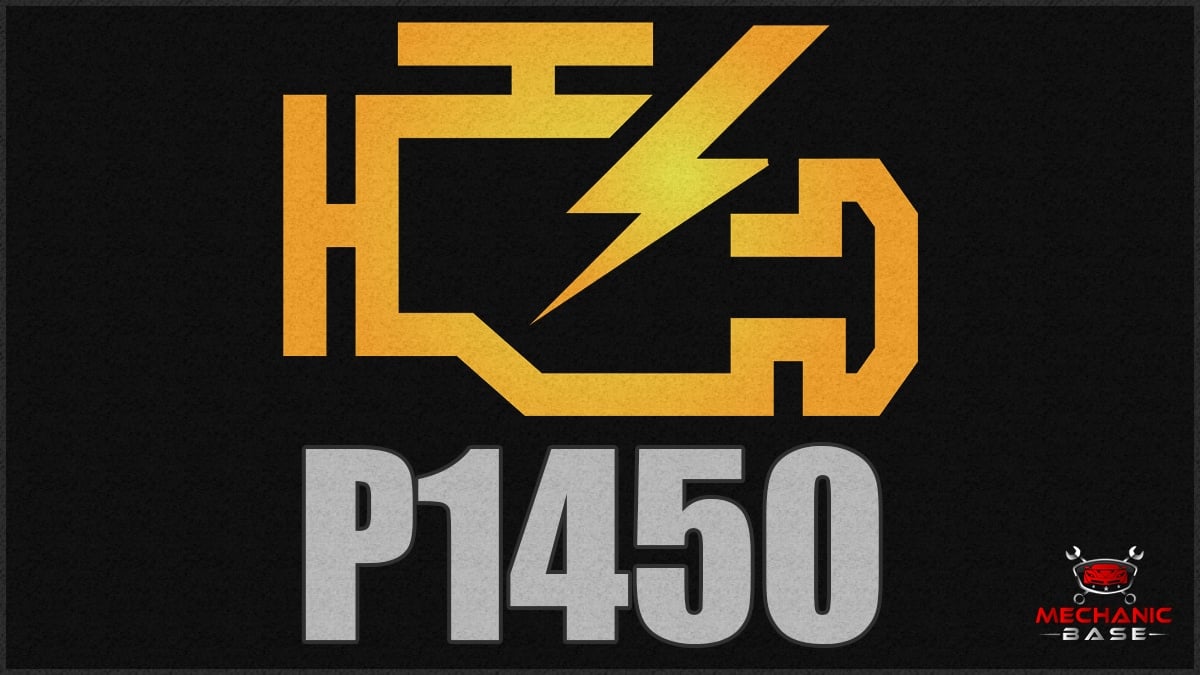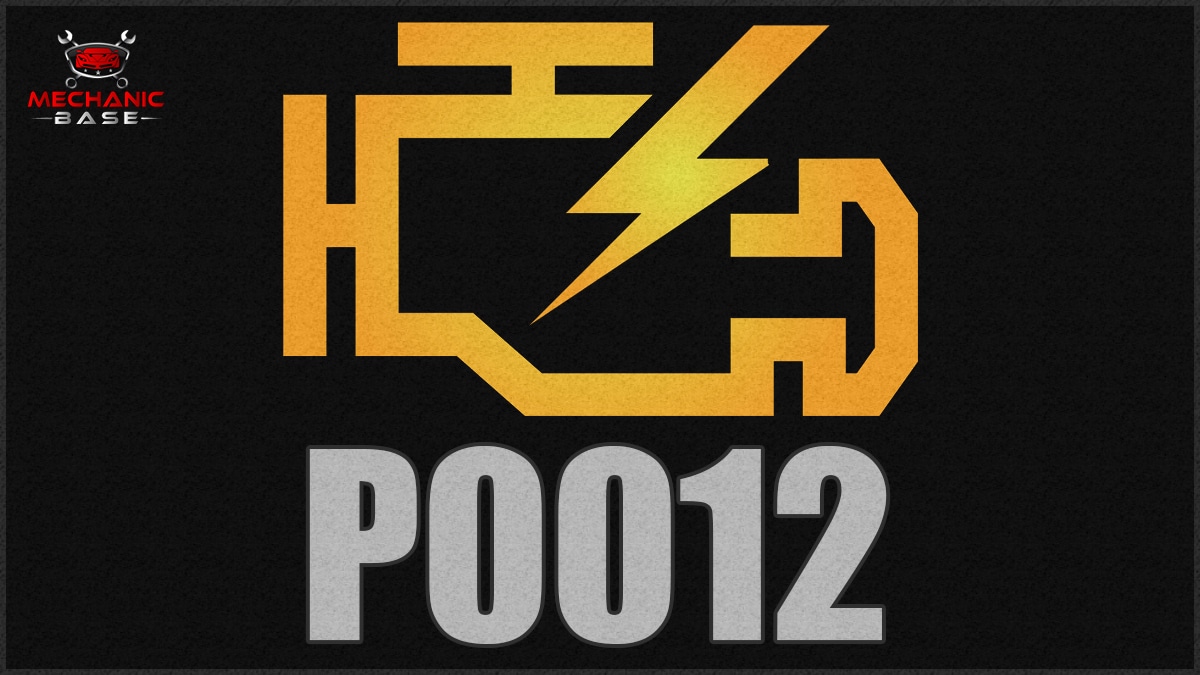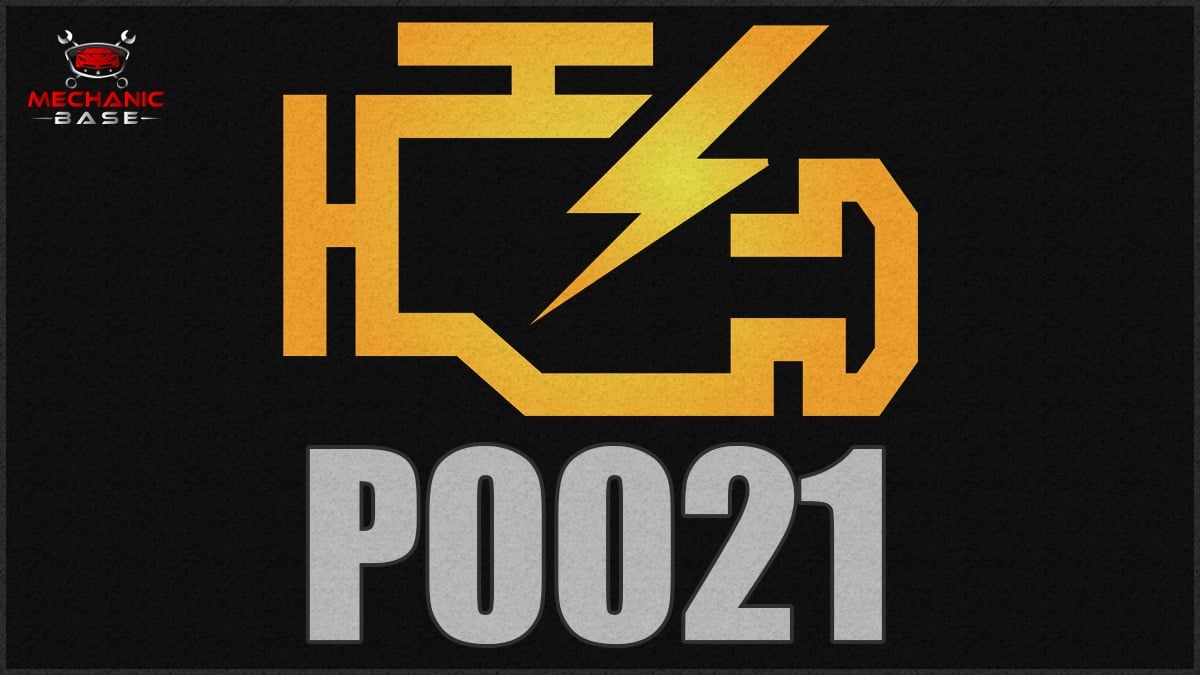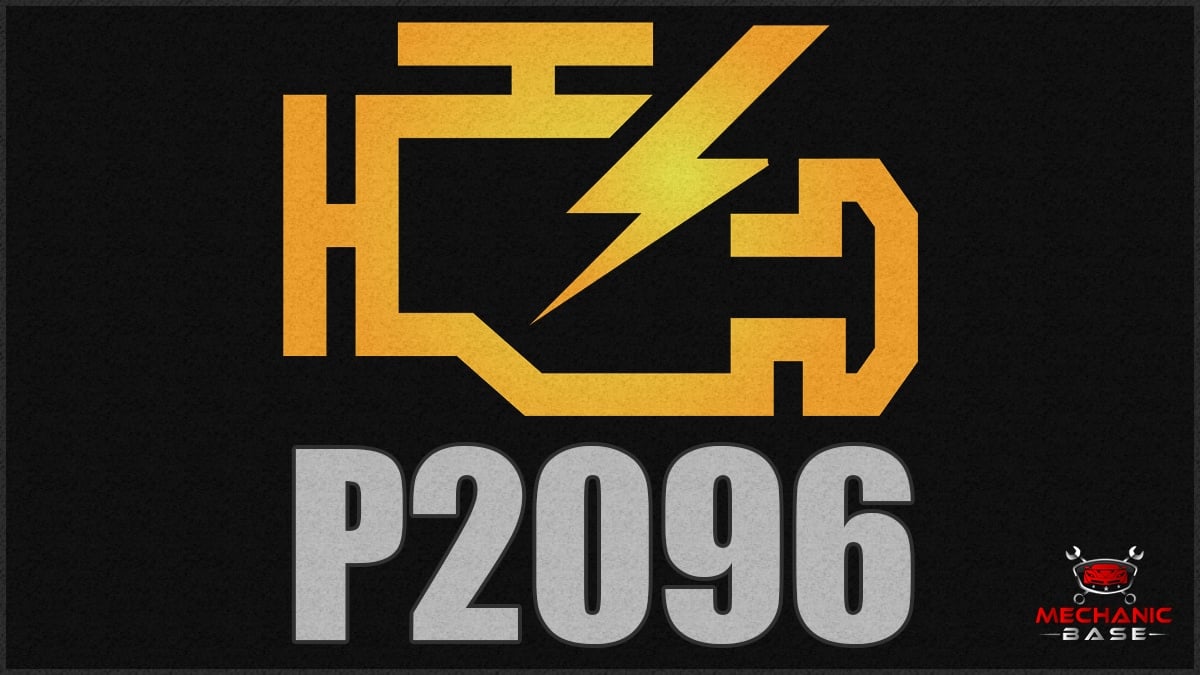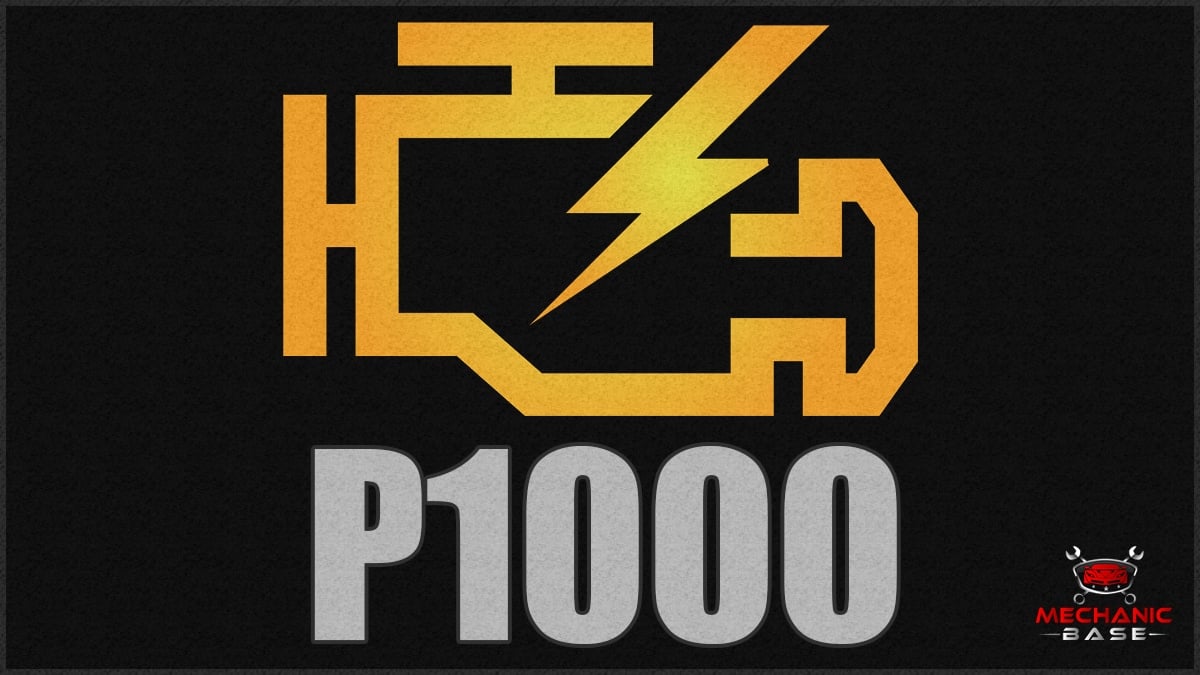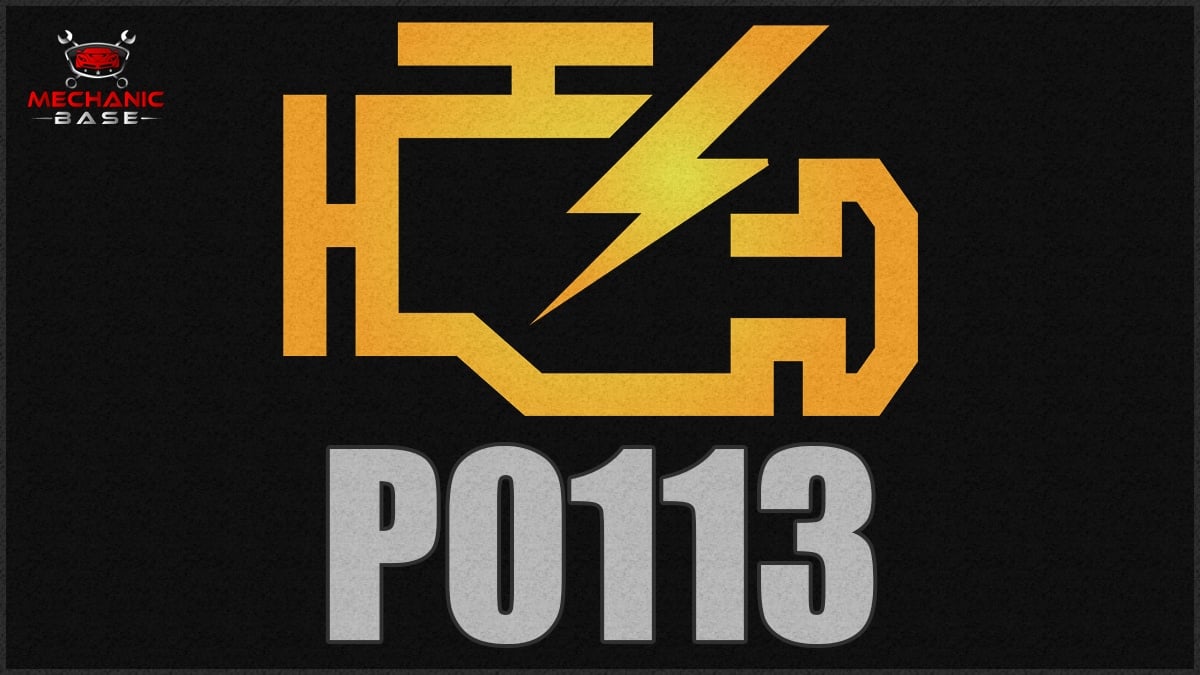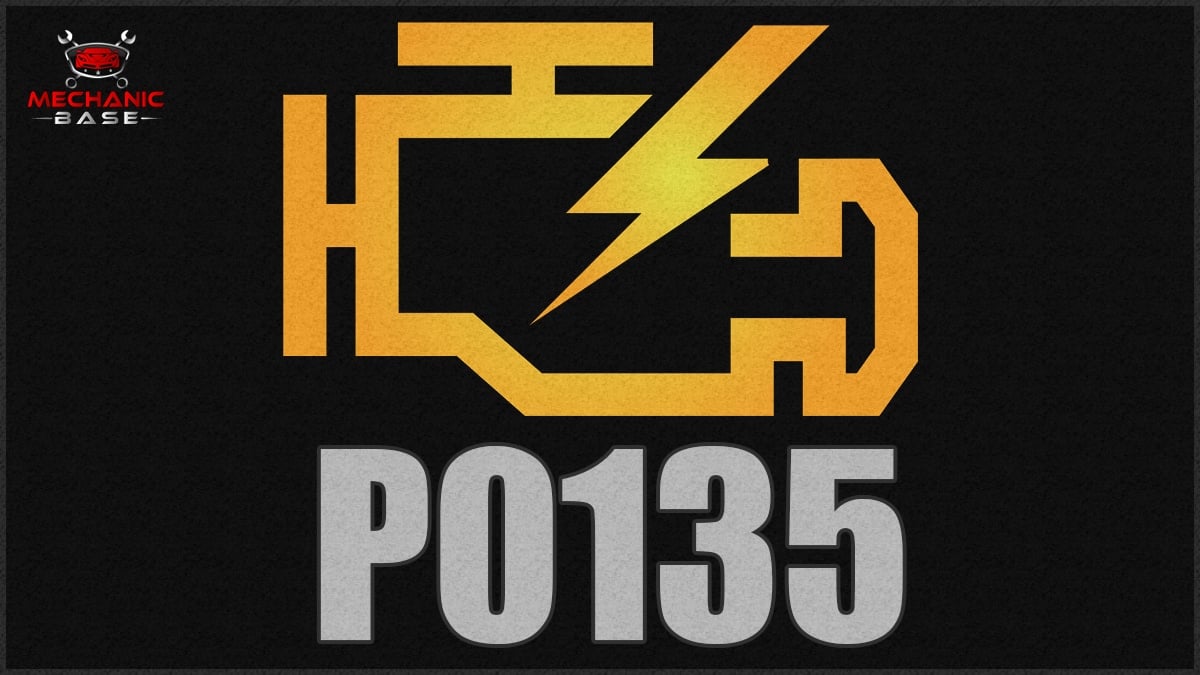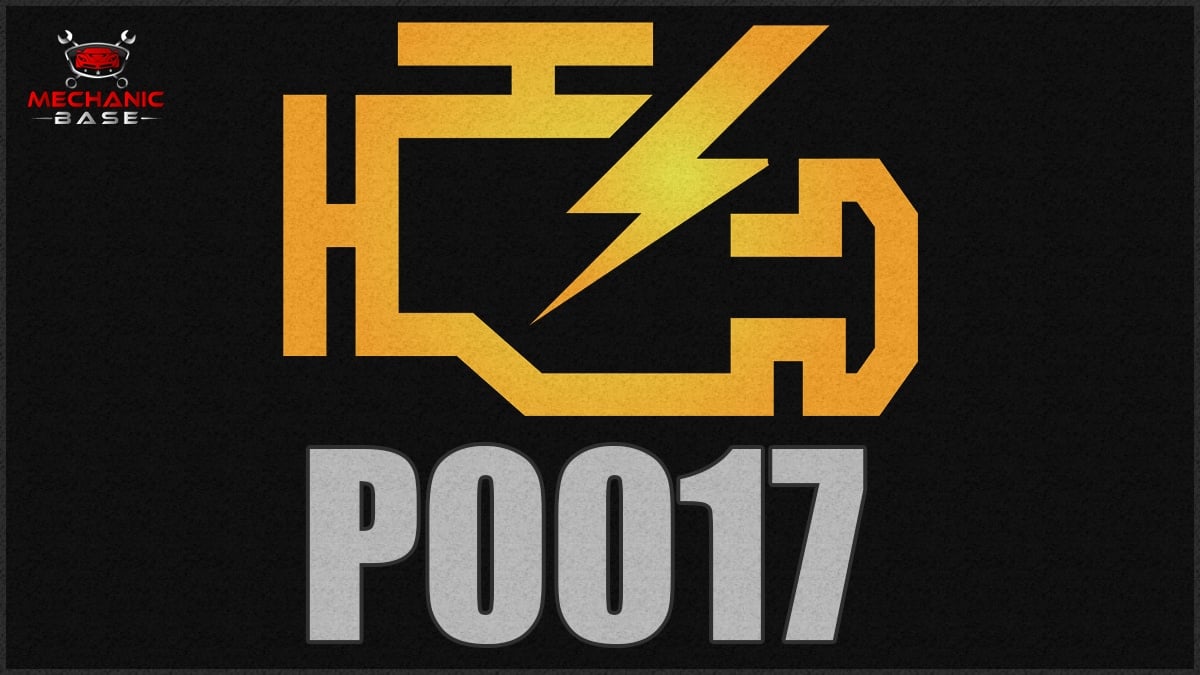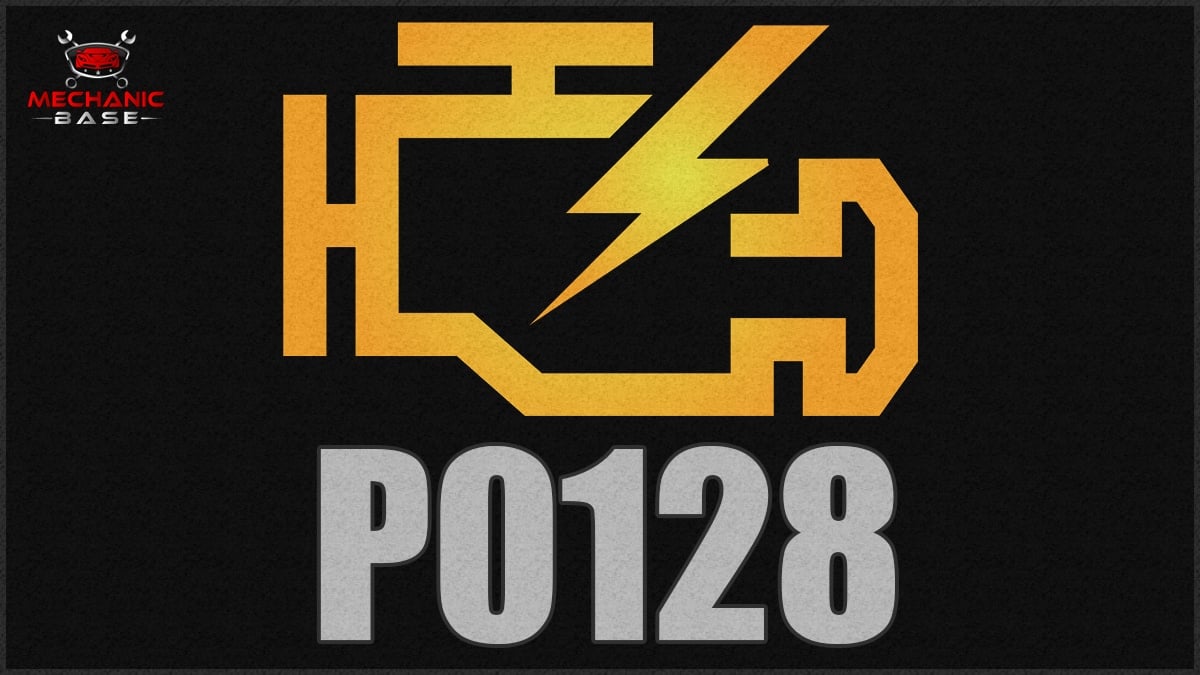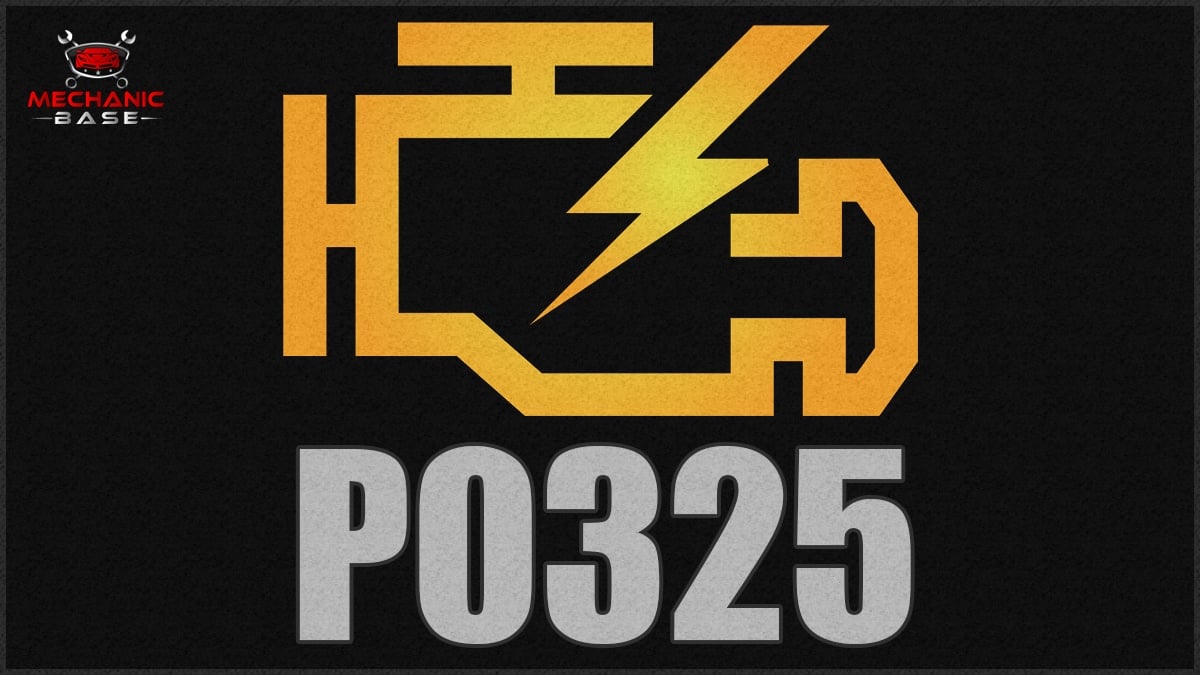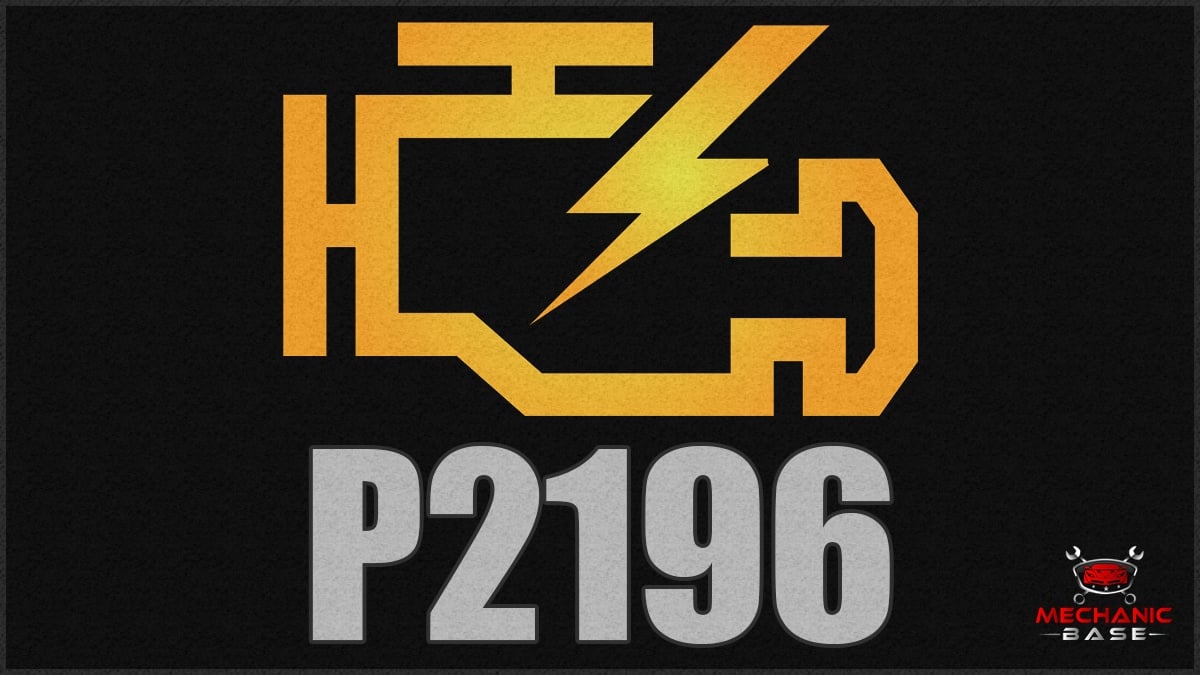The P0137 code shows that there’s a problem with one of the oxygen sensors in your vehicle. It’s a generic OBDII code that can be read with a diagnostic scanner.
In this guide, I evaluate what the P0137 code means. I also cover the causes and symptoms and show you ways to fix the fault.
Code P0137 Definition
P0137 – Oxygen O2 Sensor Circuit Low Voltage (Bank 1, Sensor 2)
What Does the P0137 Code Mean?
The P0137 code indicates there’s a fault with the second oxygen sensor located on Bank 1. The oxygen sensor’s voltage was too low for at least two minutes, which is why the code was set. The ECM is responsible for reading the voltage and setting the code.
Bank 1 Sensor 2 is found towards the back of the catalytic converter. It’s meant to output a signal that shows the oxygen capacity of the catalytic converter. It’s not as active as the front sensor but must still maintain an appropriate amount of voltage to work correctly.
RELATED: Bank 1 vs Bank 2 – Sensor 1 & 2 (Locate O2 Sensors Fast & Easy)
P0137 Trouble Code Symptoms
The main problem with the P0137 trouble code is an illuminated Check Engine Light. In most cases, this is the only indication that there’s something wrong.
There shouldn’t be any other symptoms of an issue. However, you don’t want to ignore the problem merely because it’s not causing trouble.
Causes of the P0137 Code
Most issues that lead to the P0137 code have to do with the oxygen sensor at the back of the catalytic converter.
Here are some causes of the P0137 code:
- Defective oxygen sensor
- Exhaust leak located by the sensor
- Clogged catalyst
- Electrical short to O2 circuit
- Open or high resistance to the oxygen sensor circuit
- Lean running engine condition
How Serious is the P0137 Code?
Medium – You probably won’t notice any symptoms of the P0137, leading you to believe it’s okay to continue driving the car. However, this is a false sense of security.
Depending on what’s causing the P0137 code, you could allow engine damage to occur. If the engine is running lean because of the fault, you want to have it repaired immediately.
What Repairs Can Fix the P0137 Code?
These are the repairs that might fix the P0137 code. However, it’s important that you perform a proper diagnosis before replacing any parts, or you could be wasting your money.
- Replace faulty O2 sensor
- Repair exhaust leak
- Replace catalytic converter to repair restriction
- Repair electrical short on O2 signal circuit
Common P0137 Diagnosis Mistakes
The most common diagnostic mistake with the P0137 code is neglecting to inspect the sensor. In some cases, it’s simply a matter of cleaning off any contamination that has gotten on the O2 sensor.
Before you start replacing expensive parts, you want to look at the obvious. Run through the proper diagnostic steps to ensure there’s no wasted money.
Recommended Tools for Diagnosis
- Diagnostic OBD Scan Tool
- Multimeter
- Basic Hand Tools
- Auto Repair Manual
- Electrical Contact Cleaner
How to Diagnose the P0137 Trouble Code?
Here is a general guideline on how to diagnose the P0137 code.
- Inspect the O2 sensor for signs of contamination.
- Check the O2 sensor wires for corrosion or faulty connections.
- Before you replace the sensor, look for exhaust leaks. You should listen to and look at the vacuum lines, plus any intake connection. It’s possible something has become disconnected. You may hear a hissing sound, indicating a vacuum leak. To test for a leak, you can spray some water on the intake and pay attention to the idle RPM. If the RPM drops, there is an intake leak. You can also spray water on the gaskets and hoses to look for a leak.
- Monitor the sensor voltage with a warm engine. It should read between 0.1 and 0.95 volts. If the voltage is less than this, the O2 sensor is faulty.
Estimated Cost of Repair
Some of the repairs won’t cost you anything, especially if you just need to clean off the O2 sensor. Here are a few of the other repairs and the approximate cost.
- Oxygen sensor – $150-$350
- Exhaust repair – $100-$300 (more if welding is required)
- Repair Vacuum leak – $100-$250
- Catalytic converter – $800-$2500
Mechanics Tips about the P0137 Code
If there are other codes set with the P0137 DTC, it’s important that you address those first. Other issues could lead to the P0137 code, so you might be able to fix this one by simply resolving another problem. For example, the O2 sensors contain an internal heater to ensure they are above 600 degrees Fahrenheit. If the internal heater resistance gets too high, the O2 sensor could throw this code. That’s why you would want to deal with the O2 sensor heater DTCs first.
Only by working through other engine codes first can you be sure that you are working solely with an oxygen sensor issue.
Is P0137 serious?
While nothing that triggers a warning light should be ignored, the P0137 trouble code usually doesn’t indicate a serious issue. This code is set when the voltage from the downstream oxygen sensor, which is one behind the catalytic converter, is too low. In most cases, you won’t notice anything else apart from the check engine light on your dashboard. Still, there are cases when the P0137 error code is caused by other engine issues. For example, an exhaust leak near the sensor might offset its readings. Or, the engine could be running lean, which may happen for several reasons. These things, if left unchecked for a long time, may cause additional damage to the engine’s internals.
How do I fix error P0137?
To fix the P0137 error code, I suggest checking out the fuel trim values first, which will reveal if the engine is running lean. Of course, this means hooking up the OBD2 scan tool and accessing live data. Next, check the wiring that leads to the downstream oxygen sensor and its connector. While you’re at it, look for any exhaust leaks or traces of soot near the sensor. Lastly, there’s the oxygen sensor itself, which may be bad and needs to be replaced.
What causes a low voltage to an O2 sensor?
Several things could cause the voltage from the O2 sensor to be low. First, this may happen if the alternator or the battery is weak, as this affects all of the vehicle’s electrics. Next, you have the sensor’s wiring and connector, which may be damaged or corroded. This increases electrical resistance, which consequently results in lower voltage. Lastly, if the engine is running lean for any reason, this will affect the exhaust gas content and low O2 sensor voltage.
Can a bad catalytic converter cause a P0137 code?
If clogged, a catalytic converter could trigger the P0137 trouble code. As such, it will act as an obstruction, reducing the exhaust flow and consequently offsetting the downstream oxygen sensor’s readings. The same will happen if the catalytic converter’s honeycomb internals have collapsed or are coated with contaminants, such as oil or coolant.
The oxygen or O2 sensor, which monitors the amount of oxygen in the exhaust gases, is a vital component of a vehicle’s emissions control system. It does this by comparing the amount of oxygen in the exhaust gas and ambient air. This information is then sent to the vehicle’s PCM, which uses it to adjust the air/fuel mixture.
Most cars today have at least two oxygen sensors, one in front of the sensor, called the upstream sensor, and the other after it. The latter one’s purpose is to monitor the effectiveness of the catalytic converter in reducing harmful emissions. The signal it sends comes in form of a voltage, which, if everything is correct, should be around 0.5 volts.
Categories: OBD Codes
